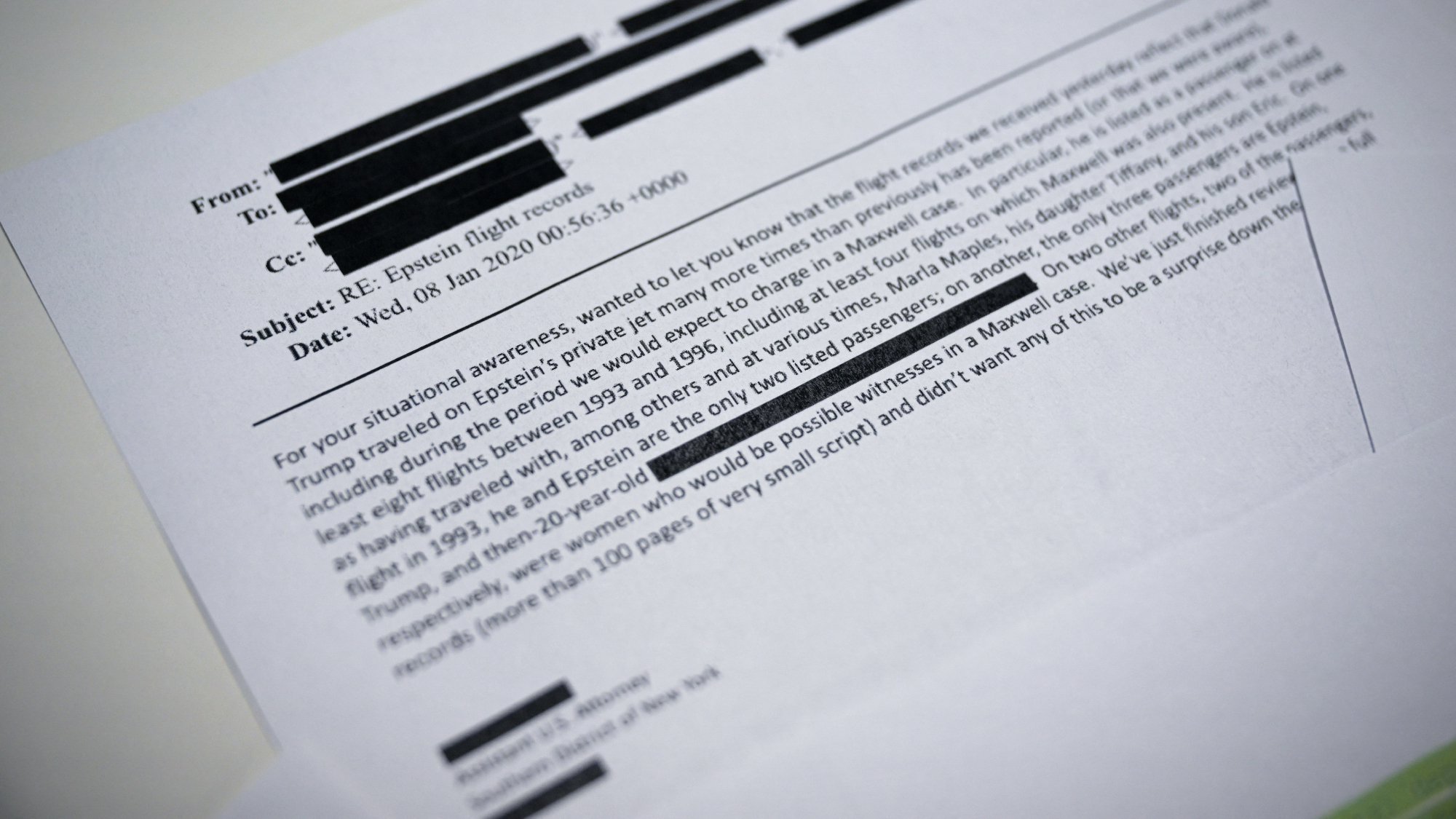Why the catastrophe bond market is growing
The bonds pay for climate change disaster damages

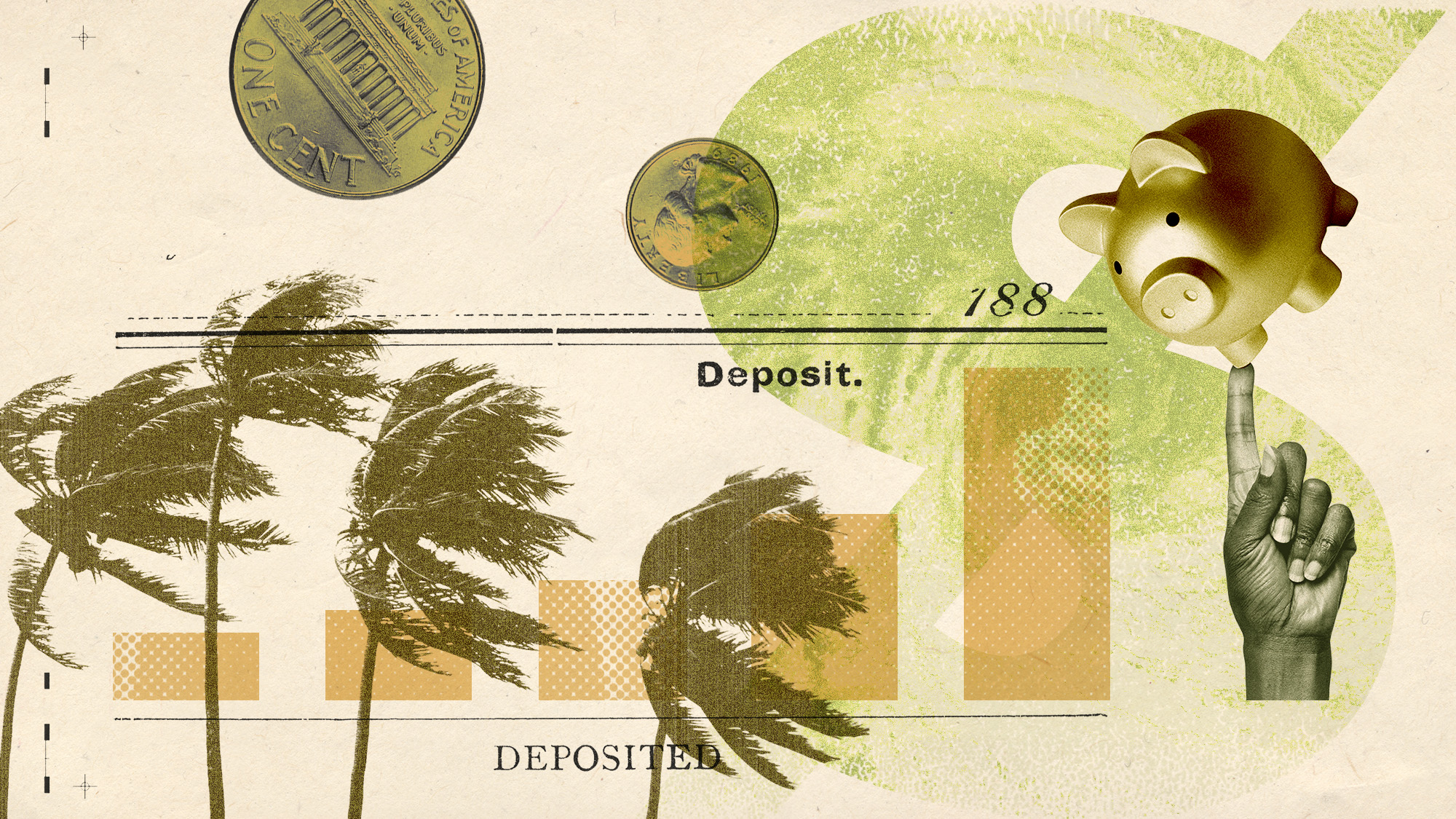
Catastrophe bonds are a growing form of investment that can be used to fund recovery from damage in climate-related disasters. Their structure can be attractive to both issuers and investors, but these bonds may not be as effective at covering damage as they promise.
What are catastrophe bonds?
Also called CAT bonds, catastrophe bonds "raise money for insurers, helping them pay claims if there's a natural disaster or catastrophe," said Investopedia. They are essentially "reverse insurance," where "instead of paying premiums to receive protection, investors receive premiums for providing protection." However, "investors risk losing their investment if a specified catastrophic event occurs before the bond matures." If the disaster does not occur, "these instruments are known to offer highly attractive equity-like returns, low volatility and low correlation to broader financial markets," said CNBC.
The CAT bond market has boomed in recent years and hit a record $17.7 billion in sales in 2024. This year, there have already been $18.2 billion in sales, surpassing the total for all of last year. "We're definitely going to see the first ever $20 billion year," said Steve Evans, the owner and editor-in-chief at the data provider Artemis.bm, to CNBC. The bonds pose a mutually beneficial agreement between the issuers and the investors. "Issuers hope to cover themselves against low-probability outcomes with costs that could overwhelm them," said The Economist. "Investors are hungry for assets that do not move in tandem with the rest of their portfolio."
The Week
Escape your echo chamber. Get the facts behind the news, plus analysis from multiple perspectives.

Sign up for The Week's Free Newsletters
From our morning news briefing to a weekly Good News Newsletter, get the best of The Week delivered directly to your inbox.
From our morning news briefing to a weekly Good News Newsletter, get the best of The Week delivered directly to your inbox.
Why are sales growing?
The rise in the catastrophe bond market correlates with the growing number of disasters due to climate change. "Insurers have no choice but to identify ways to offload increasing risk, and they're doing it in the CAT bond market," said Richard Pennay, the chief executive at Aon Securities, to the Financial Times.
The bonds can allow for faster payouts after a disaster. Also, CAT bonds help diversify asset portfolios because "climate or geological hazards are historically not related to financial market movements," and are "mutually exclusive and independent of the financial risk curve," said The Hindu.
The growth of the catastrophe bond market has also called into question their ability to cover climate disaster damage. Bonds that pay out to fund disaster aid may seem like a bad investment in a time of increasingly extreme weather events. But that has not been the case. This is because there has not been much payout for aid even when severe disasters occur. A "defectively designed CAT bond could lead to no payout despite a significant disaster," said The Hindu. "For example, an earthquake CAT bond designed for a magnitude threshold of 6.6M for a certain grid may fail if a 6.5M event occurs and causes extensive damage." This happened when Hurricane Beryl hit Jamaica and the air pressure metric of the bond did not meet the threshold for payout.
Many catastrophe bonds are also only designed to pay out for "peak perils" or the most damaging event, like hurricanes and earthquakes. The problem is that "secondary perils," which include "everything from the current wildfires to hail and thunderstorms," have "expanded to take up a much larger share of total insured losses owing to the impact of climate change," said The Economist. "It is hard to fault bondholders for their reluctance to offer reasonably priced protection against new and more unpredictable disasters." Unfortunately, "in the absence of fresh financial innovation, it is likely to be the taxpayer who ends up on the hook."
A free daily email with the biggest news stories of the day – and the best features from TheWeek.com
Devika Rao has worked as a staff writer at The Week since 2022, covering science, the environment, climate and business. She previously worked as a policy associate for a nonprofit organization advocating for environmental action from a business perspective.
-
 SiriusXM hopes a new Howard Stern deal can turn its fortunes around
SiriusXM hopes a new Howard Stern deal can turn its fortunes aroundThe Explainer The company has been steadily losing subscribers
-
 The longevity economy booms as people live longer
The longevity economy booms as people live longerThe Explainer The sector is projected to reach $27 trillion by 2030
-
 Employees are branching out rather than moving up with career minimalism
Employees are branching out rather than moving up with career minimalismThe explainer From career ladder to lily pad
-
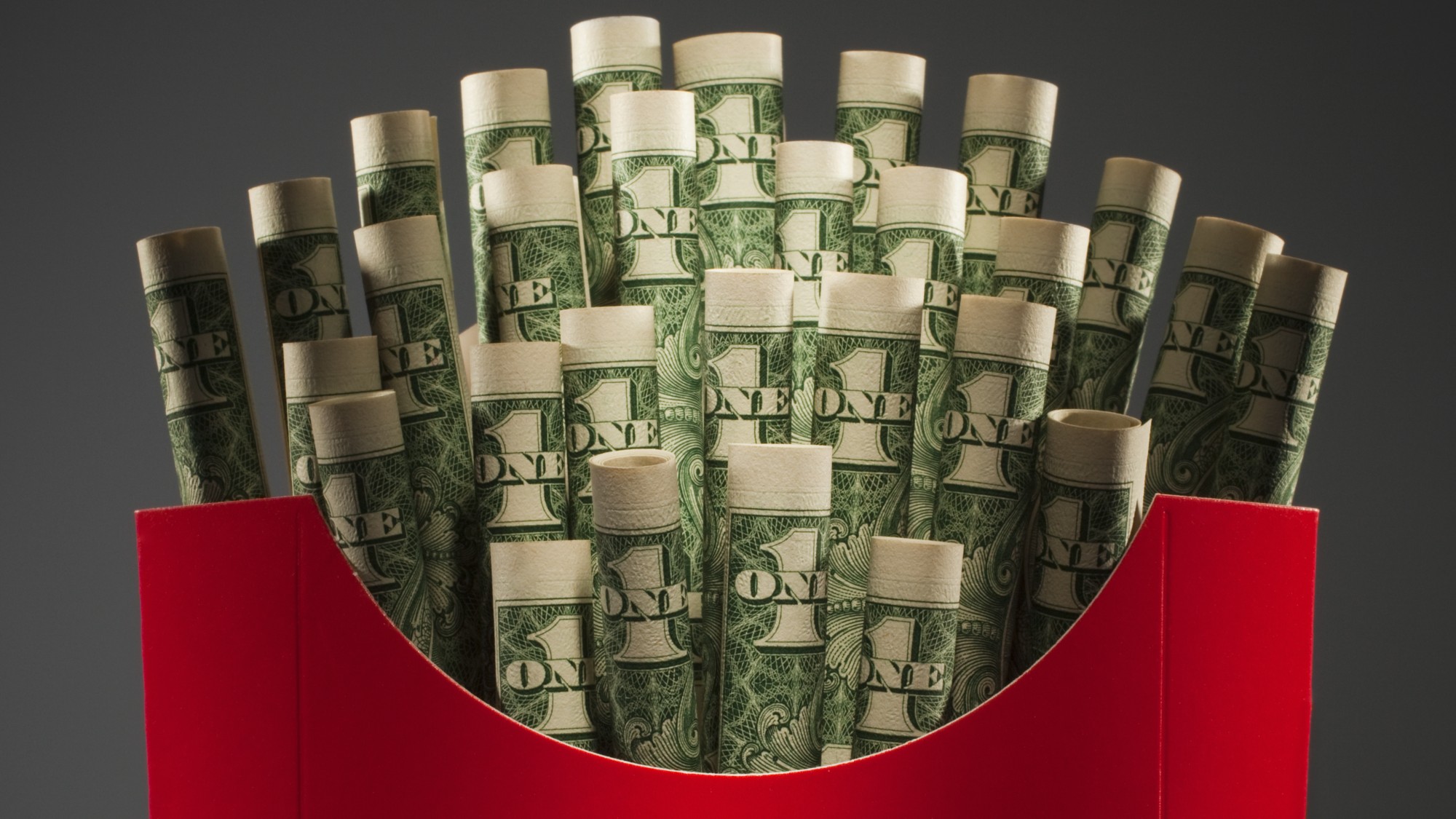 Fast food is no longer affordable for low-income Americans
Fast food is no longer affordable for low-income AmericansThe explainer Cheap meals are getting farther out of reach
-
 Out of office: Microretirement is trending in the workplace
Out of office: Microretirement is trending in the workplaceThe explainer Long vacations are the new way to beat burnout
-
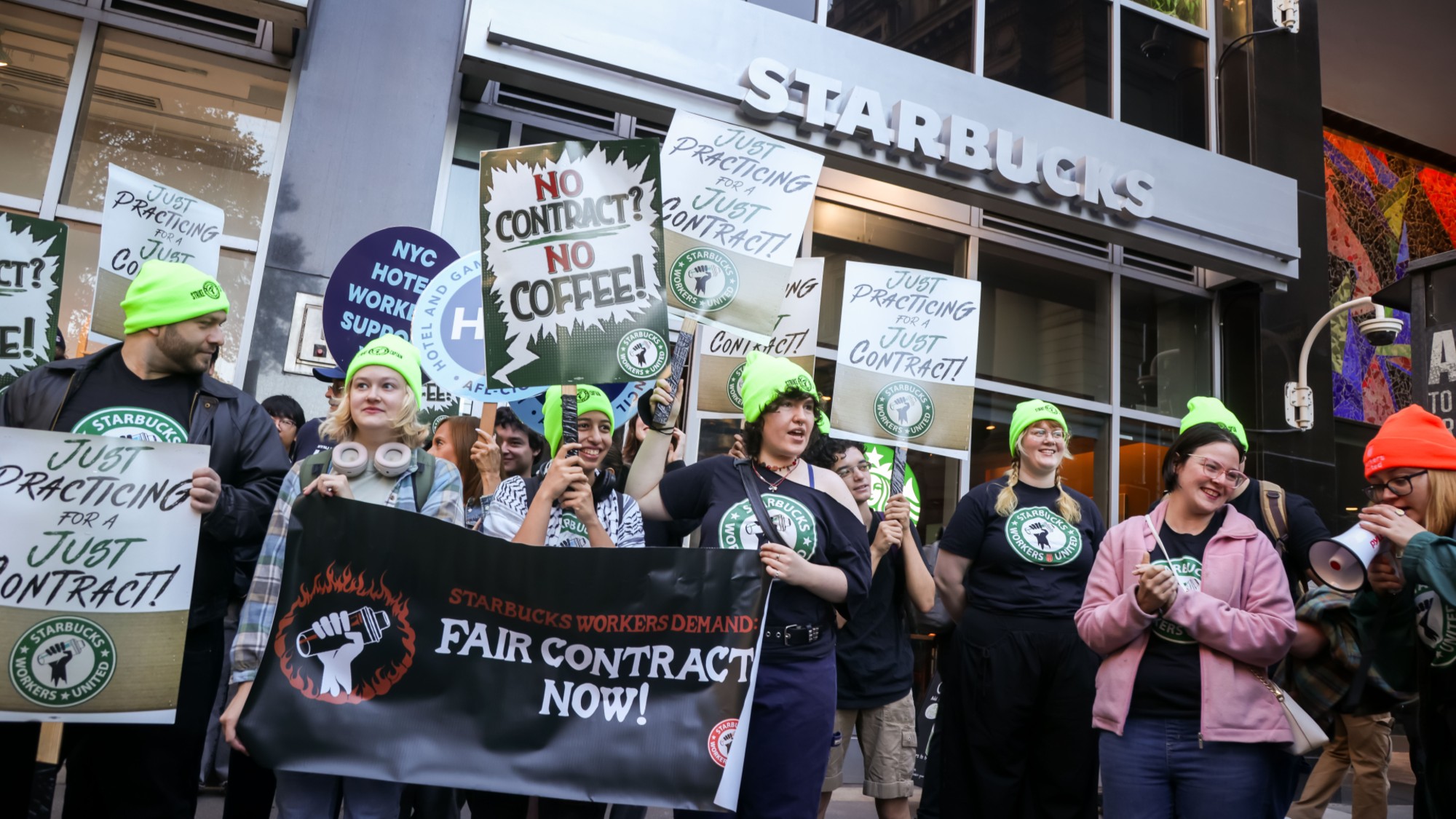 Starbucks workers are planning their ‘biggest strike’ ever
Starbucks workers are planning their ‘biggest strike’ everThe Explainer The union said 92% of its members voted to strike
-
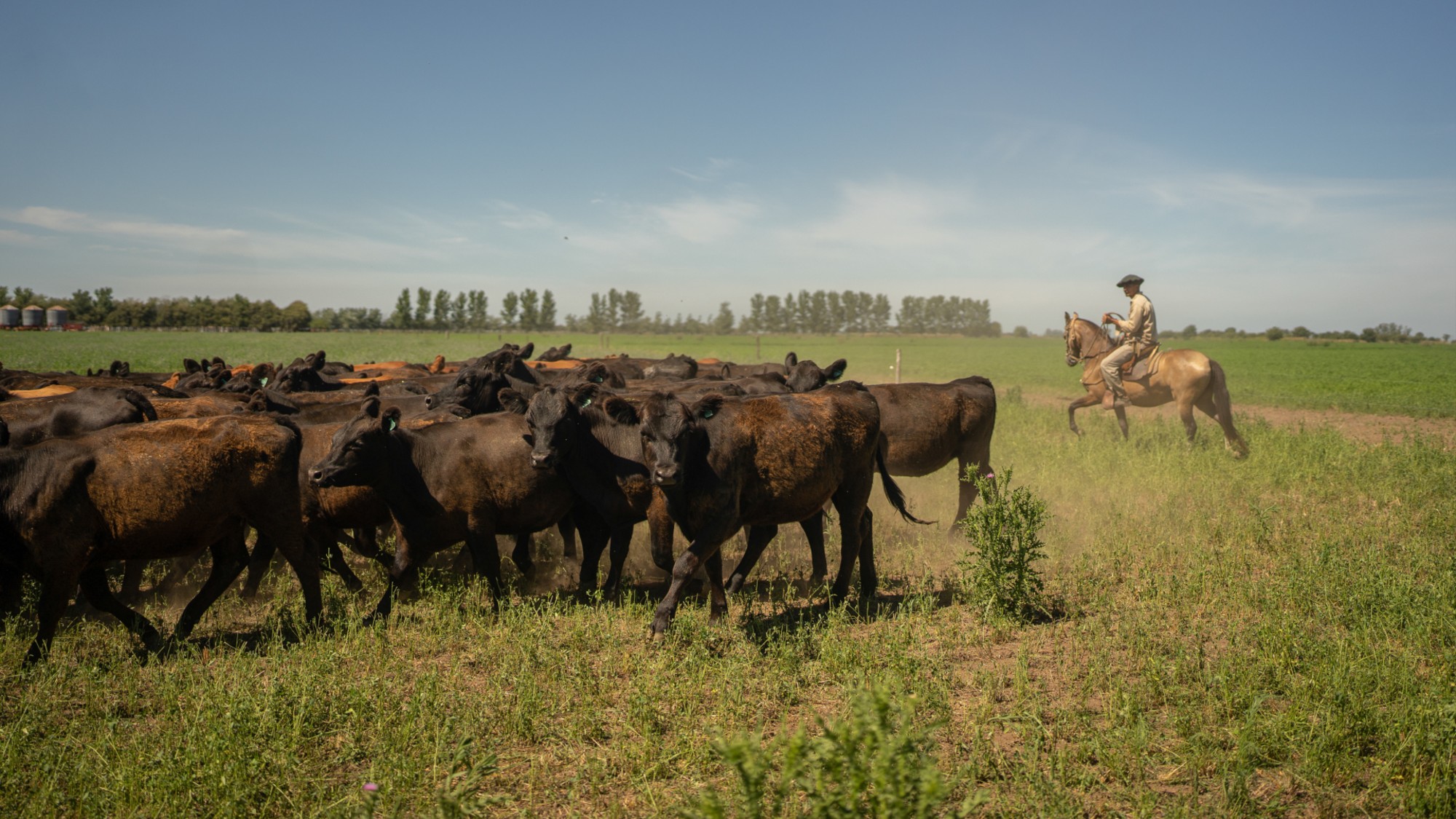 Argentinian beef is at the center of American farmers’ woes
Argentinian beef is at the center of American farmers’ woesThe Explainer ‘It feels like a slap in the face to rural America,’ said one farmer
-
 'Quiet vacationing': a secret revolt against workplace culture
'Quiet vacationing': a secret revolt against workplace cultureThe explainer You can be in two places at once


